Chemical composition of breast milk
A comparison to that of cow’s
milk
[E11] [E12] [E13] [E14] [E15] [F7] [F8] [I5] [I6] [D5] [D6] [D7]
Human milk
is a
white-blue liquid with a sweet taste. It weighs a little more than
water. As
all the other milks, it is an emulsion of fat particles in a fluid. It
is
generally composed as follows (but it changes from person to person and
from
the beginning to the end of breast feeding):
o
1-2%
proteins
o
3-5%
fats
o
6.5-10%
carbohydrates
o
2%
minerals
o
the
rest is water.
The
composition of the mother’s milk
changes with the growth of the baby, adapting to the baby’s needs.
Proteins
The
baby utilises the protein of mother’s
milk at 100%. After the first days of life all the milk proteins become
part of
the baby; very few of them are eliminated. The baby nourished with
cow’s milk,
on the contrary, utilises only 50% of the milk proteins and eliminates
about
half of it from its diet.
The
contribution in protein in mother’s
milk is sufficient, while the protein excess of cow’s milk could be bad
(possible renal damage) and cause poor assimilation. Cow’s milk
contains four
times the protein of human milk and must be diluted for the baby. Cow’s
milk
with a great quantity of casein, combined with the gastric juices,
coagulates
in a big thick clot in the stomach (curdled milk): this explains why
babies
feel satisfied for four hours after bottle feeding. The human curdled
milk, on
the contrary, is soft and light. The stomach of breast-fed babies
empties
quickly and easily, so the baby wants to feed more often. In this case
it
stimulates the production of more milk from the mother.
In mother’s
milk there are 9
essential
aminoacids, among them taurina which is very important for
cerebretion,
poor in
neonatal time. Woman’s milk, not cow’s milk, is limited in aromatic
aminoacids
which could be dangerous for SNC when present in great haematic
concentration.
| Phenylalanine |
 |
Threonine |
 |
| Isoleucine |
 |
Tryptophan |
 |
| Leucine |
 |
Valine |
 |
| Lysine |
 |
Methionine |
 |
| Taurine |
 |
|
|
Water
Babies
receive from mother’s milk a
sufficient quantity of water for their metabolic needs. When it is hot,
it’s
the mother who needs a larger quantity of water and not the baby. The
baby
nourished with cow’s milk needs water for its metabolism and also for
the
kidneys to eliminate the salts and unnecessary proteins. So the baby
needs
water added to the artificial milk, and water directly from the bottle.
The
elimination of protein via the kidneys implies an effort.
For years it
has been thought that
premature babies grew better with artificial powdered milk; at last the
researchers have realised that the increase in weight was due to water
retention. That is the result of the immature kidneys which find it
difficult
to eliminate the superfluous protein and mineral salts.
Vitamins
Cow’s
milk contains from half to a tenth
of the essential vitamins in human milk. Even if the omnivorous mother
eats
cooked food, her milk contains more vitamins than cow’s milk because
cows eat
only grass. For this reason babies fed with artificial food need an
integration
of vitamins, or the diet must be varied. Breast-fed babies don’t
require any
other food up to the age of five or six months because milk is still
full of
vitamins, such as vitamin A and vitamin B which are fat-soluble.
Vitamin D
controls the baby’s capacity to
absorb calcium. In northern countries, vitamin D comes from the diet
because
the vitamin is synthesized by exposure to the sun. The lack of sun
provokes
rickets due to the lack of vitamin D. The breast-fed baby rarely
develops
rickets because mother’s milk has the right quantity of vitamin D.
Vitamin C is
contained in great quantities
in human milk, while it is almost absent in cow’s milk. The production
of
vitamin C by human mammary glands is so efficient that scurvy has never
been
observed in breast-fed babies, even if the mother is suffering from
scurvy.
| Vitamine
A |

|
Vitamine
D |
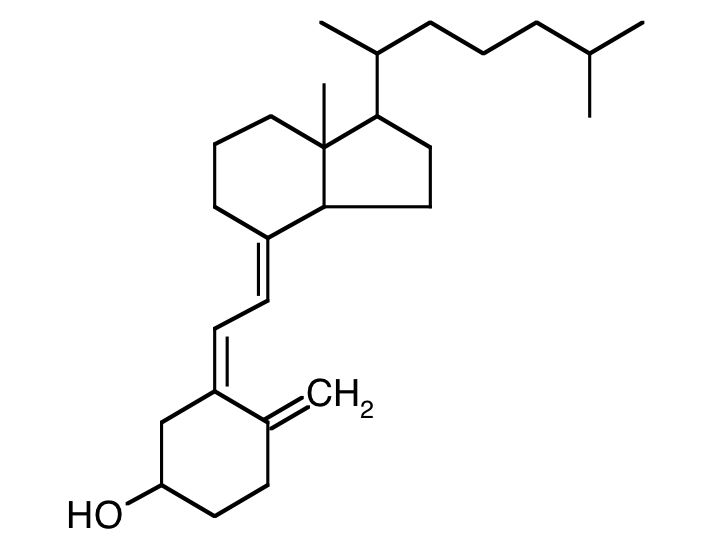
|
| Vitamine
C |

|
Vitamine
E |
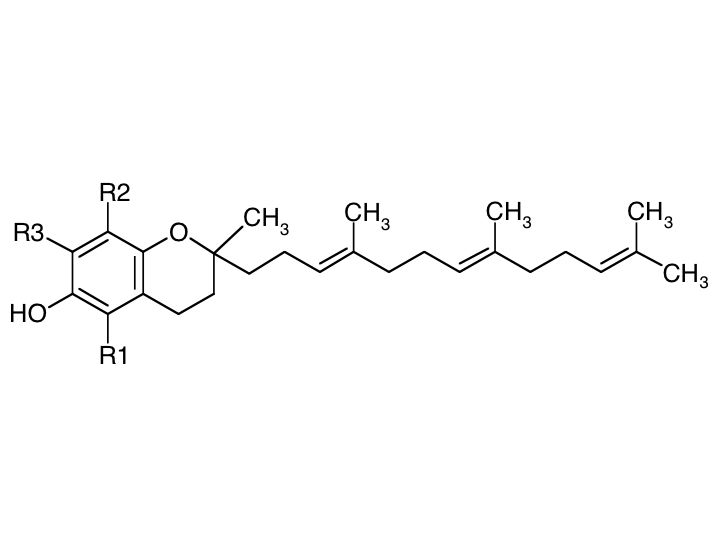
|
Fats
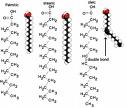 Cow’s
milk and human milk have more or
less the same quantity of fats. Cow’s milk has more saturated fats
however, and
that is why it is necessary to limit or avoid it after weaning.
Cow’s
milk and human milk have more or
less the same quantity of fats. Cow’s milk has more saturated fats
however, and
that is why it is necessary to limit or avoid it after weaning.
The
intestinal absorption of lipids after
a week of life is 90% in human milk and 60% in cow’s milk. The
concentration of
fats increases towards the end of sucking so the baby feels satisfied.
That is
not possible with artificial food, so the baby eats more because its
stomach
feels empty.
Minerals
Calcium and phosphorus are in a smaller
quantity in mother’s milk compared with artificial milk, but they are
better
absorbed.
Sodium, chlorine and potassium are in a
smaller quantity in mother’s milk but the removal of electrolytes is
easier.
In mother’s milk there is little iron but
the same is true of cow’s milk. That is positive, because there is a
reserve of
iron in the baby’s liver and spleen, and there is also a high
concentration of
red blood cells which decrease after some time. If the mother is not
anaemic
during the pregnancy, the baby’s iron reserve is enough for the first
year of
life.
There is more copper in human milk; the
level of zinc is the same in both mother’s milk and cow’s milk.
Sugars
The
quantity of sugar is much higher in
mother’s milk than in cow’s milk. The quality is different too. Sugar
is
lactose
with a small quantity of other oligosaccharides. Lactose is
easy to
digest and improves the use of protein.
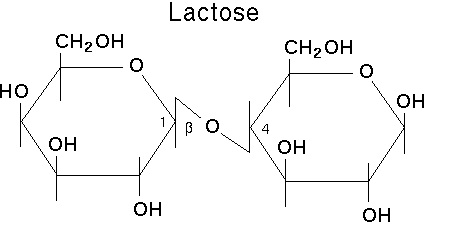
The high
concentration of
lactose can
help the absorption of calcium. It is dangerous for the baby’s growth
to add
normal sugar to cow’s milk in order to increase glucose.
Milk
enzymes
These
are micro-organisms, present in
nature in the plants and in the earth, which are in a high
concentration in
mother’s milk. The name is lactobacilli.
They settle in the baby’s
bowels and
are called bacterial flora. They will live there for the entire life of
the
individual, protecting him/her from allergies and infections. Milk
enzymes are
linked to the production of lactic acid.
Immunological
aspects
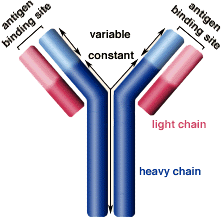 Breast-feeding
has a protective function
against viral, respiratory and intestinal infections. In mother’s milk
there
are antibodies against some viruses (polio, flu) and bacteria (tetanus,
streptococcus, staphylococcus, salmonella). Mother’s milk offers good
protection against allergies, which are less frequent in breast-fed
babies.
Breast-feeding
has a protective function
against viral, respiratory and intestinal infections. In mother’s milk
there
are antibodies against some viruses (polio, flu) and bacteria (tetanus,
streptococcus, staphylococcus, salmonella). Mother’s milk offers good
protection against allergies, which are less frequent in breast-fed
babies.